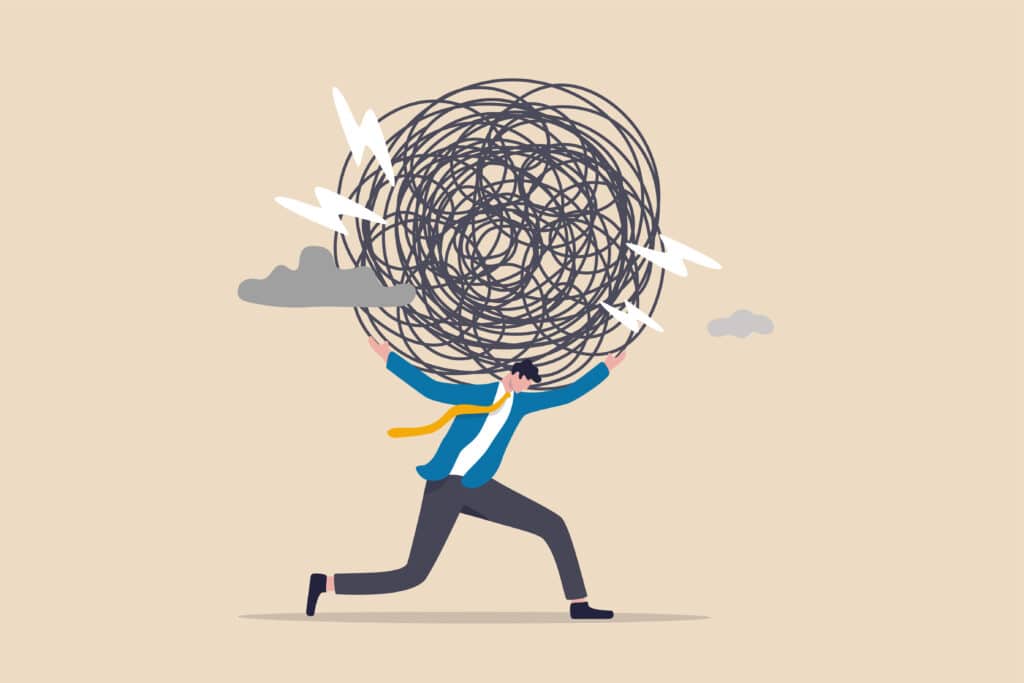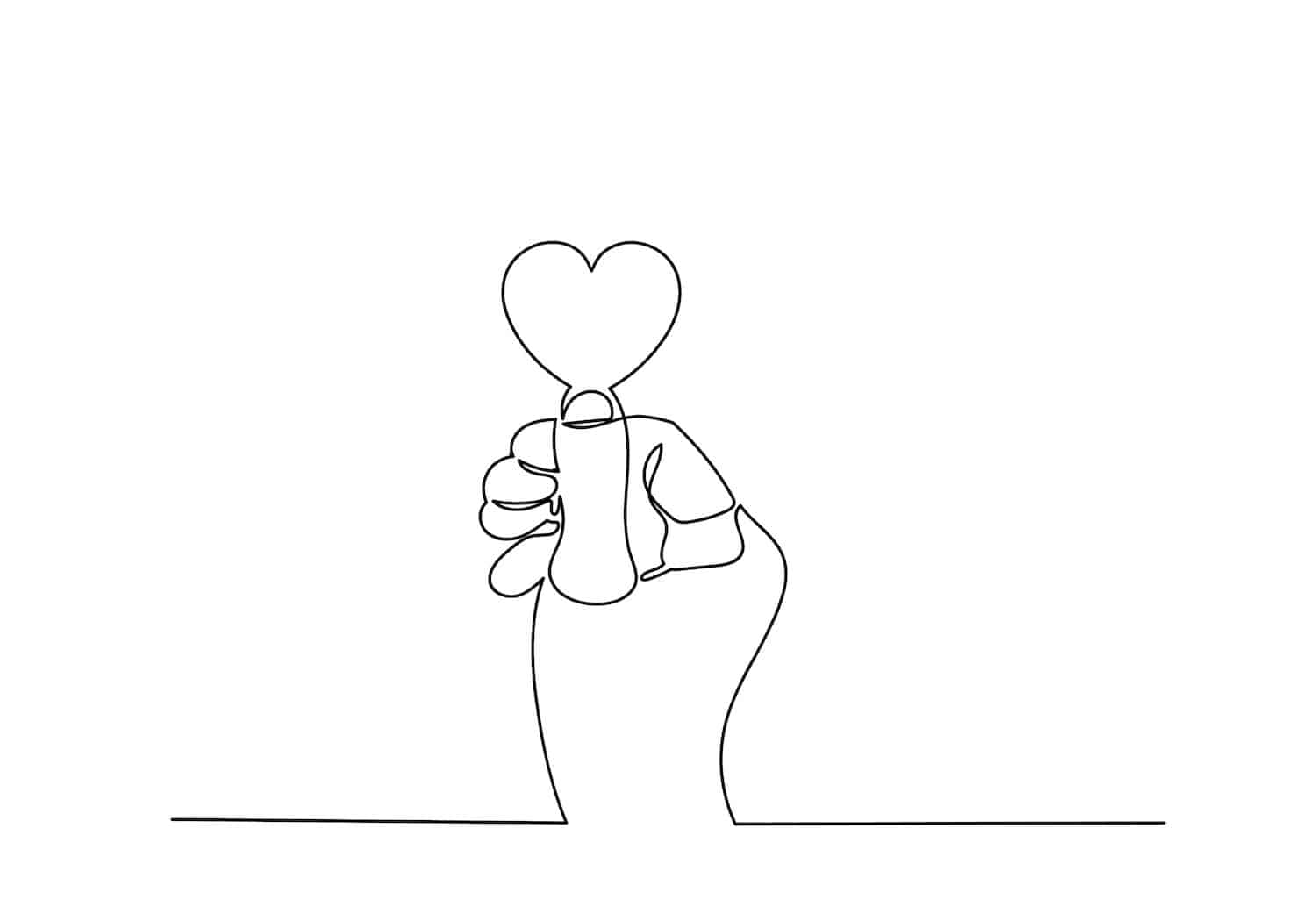Fear and anxiety are two common human experiences. Both serve a purpose, existing to help keep you safe. While the two share some commonalities, notable distinctions separate them. So what is the difference between fear and anxiety? And when does anxiety become a problem, and how do you know whether it’s time to seek help?
Fear vs. Anxiety
Fear is a primal emotion designed to mobilize us for action. It’s often described as the body’s natural response to an imminent threat. Picture a sudden loud noise or an unexpected encounter with a wild animal—these situations trigger fear, prompting the infamous “fight-or-flight” response. Fear is specific and related to a concrete stimulus, a visceral reaction to real and present danger. Its duration is usually short-lived, subsiding once the threat is removed or resolved.
On the other hand, anxiety is a more nuanced emotion, characterized by a pervasive sense of unease and worry. One primary difference between fear and anxiety is, unlike fear, anxiety is not always tied to an immediate threat. It instead emerges from a perceived or potential danger that may be more abstract or uncertain. It’s the restless feeling in the pit of your stomach before a big presentation or the nagging worry over how your future might play out. Anxiety can be a persistent companion, lingering in the background even when there’s no clear danger in sight.
When Anxiety Becomes a Problem
Everyone experiences anxiety from time to time, but sometimes it can grow into a bigger problem. If you experience anxiety that affects your ability to manage daily life, you might meet the criteria for an anxiety disorder.1
Anxiety disorders are a group of mental health conditions characterized by pervasive and debilitating anxiety. These include generalized anxiety disorder, social anxiety disorder, panic disorder, and phobia-related disorders.
How to know when anxiety becomes a problem? Some signs of an anxiety disorder include:
-
- Feeling restless, nervous, on edge, or “wound up”
- Uncontrollable worrying
- Difficulties concentrating
- Feeling irritable
- Being easily fatigued
- Experiencing headaches, muscle aches, stomachaches, or unexplained pains
- Difficulties sleeping
If you have trouble shaking your anxiety, or if anxiety interferes with your responsibilities at work, home, or school, you may want to consider seeing a mental health professional.2 They will assess your symptoms and determine whether you have an anxiety disorder.
Treating Anxiety Disorders
Fortunately, anxiety disorders are not an impossible diagnosis to overcome. Although they aren’t necessarily “treatable,” with the right treatment you can learn to manage your symptoms and live a fulfilling life. What should you do if you think you might meet the criteria for an anxiety disorder?
One option is to speak with a specialized mental health treatment facility like Lifeskills South Florida. We provide excellent, compassionate care for adults living with anxiety disorders and other mental health disorders. Our individualized approach to treatment ensures you receive the most effective support possible.
Are you ready to seek help? Reach out to learn more about our programs and services by calling us at 954-953-1742 or by submitting an online contact form. You can speak with an admissions specialist who will help you find the best option for you so you can begin your journey to hope and healing as soon as possible.
References
- National Institute of Mental Health. (2023). Anxiety Disorders.
- American Psychiatric Association. (2023). What are Anxiety Disorders?.




